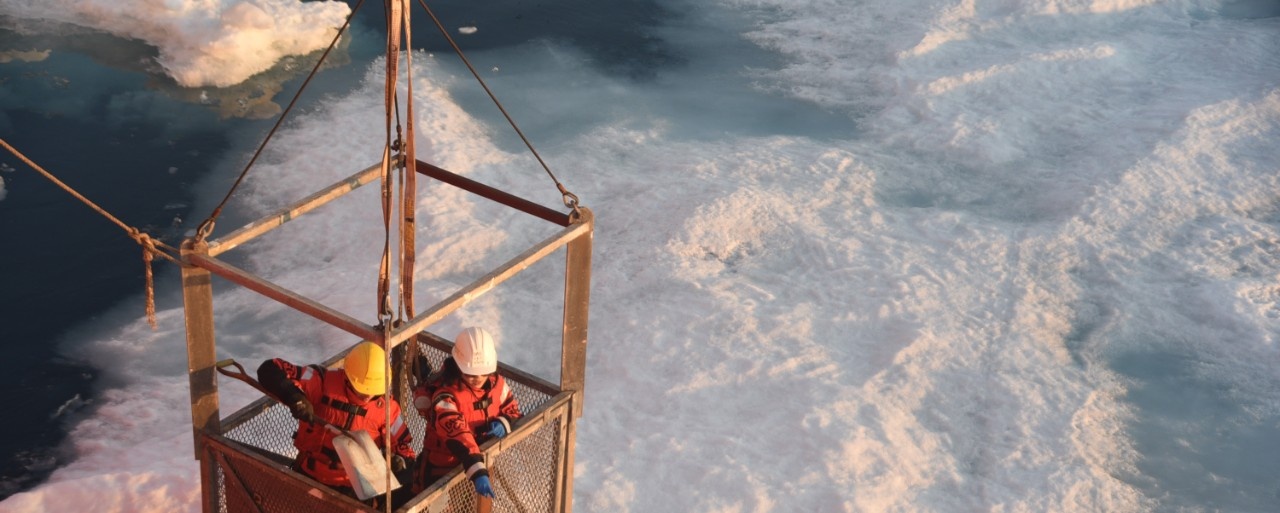EES Departmental Seminar: Dr. Alexandre Plourde, Geological Survey of Canada (Atlantic)
Dr. Alexandre Plourde
Research Scientist
Geological Survey of Canada (Atlantic)
Dartmouth, Nova Scotia
Title: Monitoring Fin and Blue Whales in the Lower St. Lawrence Seaway with Onshore Seismometers
Abstract: The Lower St. Lawrence Seaway (LSLS), in eastern Canada, is an important habitat for several species of endangered baleen whale. As we seek to reduce the hazards that these endangered species face from human activity, there is increasing demand for detailed knowledge of their habitat use. Only a sparse network of hydrophones exists in the LSLS to remotely observe whales. However, there is also a network of onshore seismometers, designed to monitor earthquakes, that have sufficiently high sample rates to record fin and blue whale calls. We present a simple method for detecting band-limited, regularly repeating calls, such as the 20 Hz calls of fin and blue whales, and apply the method to build a catalog of fin and blue whale detections at 14 onshore seismometers across the LSLS, over approximately a 4-year period. The resulting catalog contains over 600 000 fin whale calls and almost 60 000 blue whale calls. Individual calls are rarely detected at more than one seismometer. Fin whale calls recorded onshore often consist of multiple seismic phases arriving as a ~2 s sequence. Onshore seismometers provide a valuable, previously unused source of data for monitoring baleen whales. However, in the LSLS, the current seismometer network cannot provide high-precision whale tracking alone, so a denser deployment of onshore and/or offshore seismometers is required.
Biography: Alex is a research scientist at the Geological Survey of Canada – Atlantic in Dartmouth, NS, as well as an adjunct professor in the Department of Earth and Environmental Science at Dalhousie University. He completed a BSc in Geology-Physics at the University of Ottawa, followed by a PhD in Geophysics at the University of British Columbia. His PhD research was in earthquake seismology, examining the relation between metamorphic fluids and a variety of seismic phenomena in subduction zones, and developing new methods to resolve earthquake source properties. In early 2020, he joined Dalhousie as a postdoc before starting at the GSC in late 2020, where he has continued to study various aspects of earthquake seismology with an emphasis on eastern Canada. He has also dabbled in baleen-whale monitoring using seismic data.
Time
Location
Format: In-person
Milligan Room, 8th Floor Biology-Earth Sciences Wing, Life Sciences Centre, Dalhousie University
